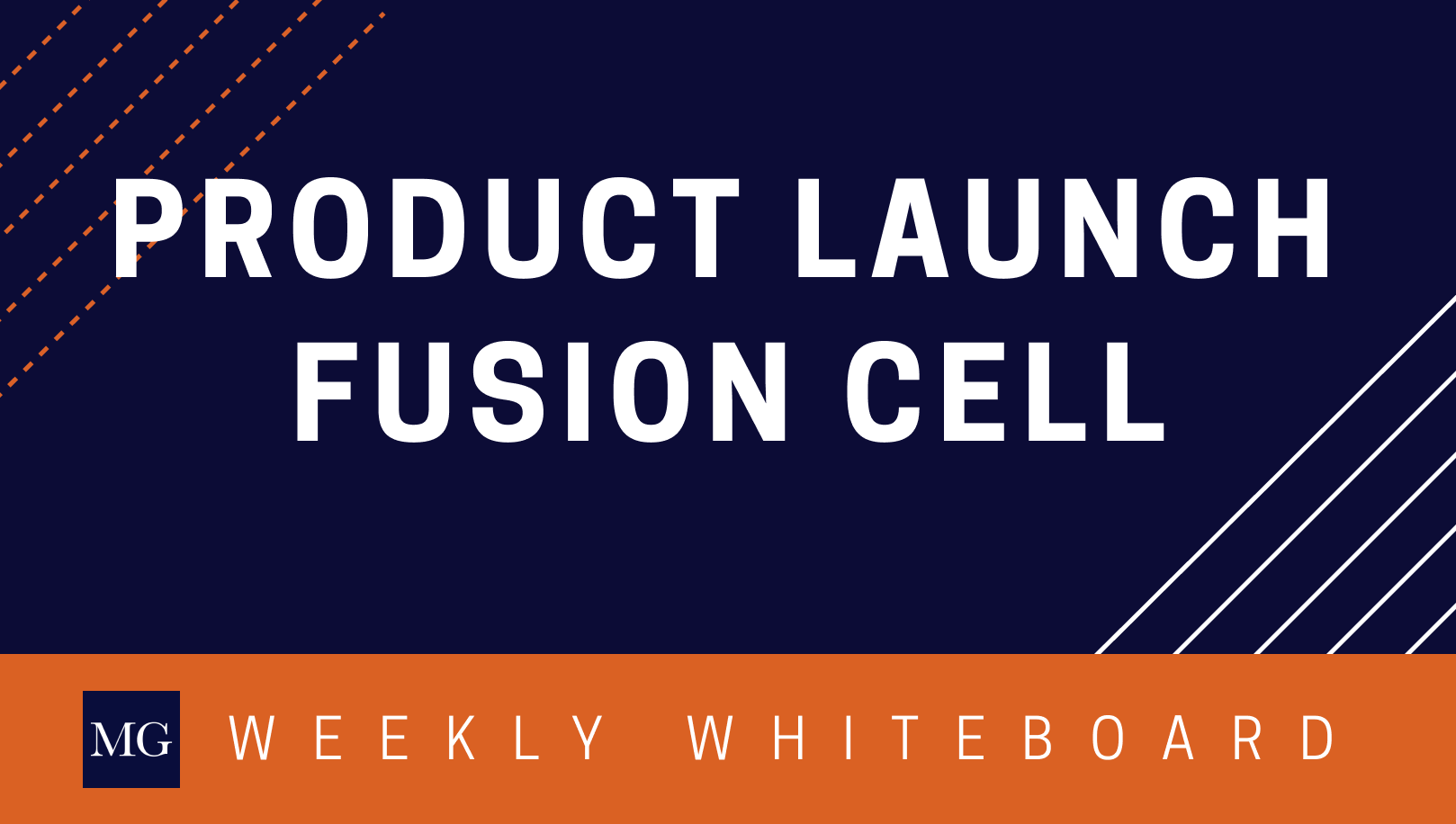Fusion Cells
Connected Multi-Organization COVID Response
Fusion Cells were originally designed to combine US military, intelligence, and law enforcement resources into a unified network to beat the al-Qaeda network, first in Afghanistan, then Iraq, and then globally. Like al-Qaeda, COVID-19 was an opportunistic enemy, attacking ruthlessly and without warning. It did not respect city, county, state, or international boundaries or whether people were at home or work or play. A network response reaching across jurisdictional and agency boundaries, with coordination between non-standard partners, and the willingness to employ creative tools was the only way to address it. Connecting these fusion cells into a national network created a nervous system for information flow unhampered by bureaucracy or state boundaries, to keep pace with the network spread of COVID-19. Fusion Cells created a small footprint, but connected key organizations to share information and co-develop decision support for government leaders at local, metropolitan, regional, and state levels. As we saw with the Delta and Omicron variants, network threats adapt and evolve. Responders combat not only the crisis, but also fatigue. Fusion Cells adapt with the threat and make information sharing easier and more effective, for whatever phase comes next.





